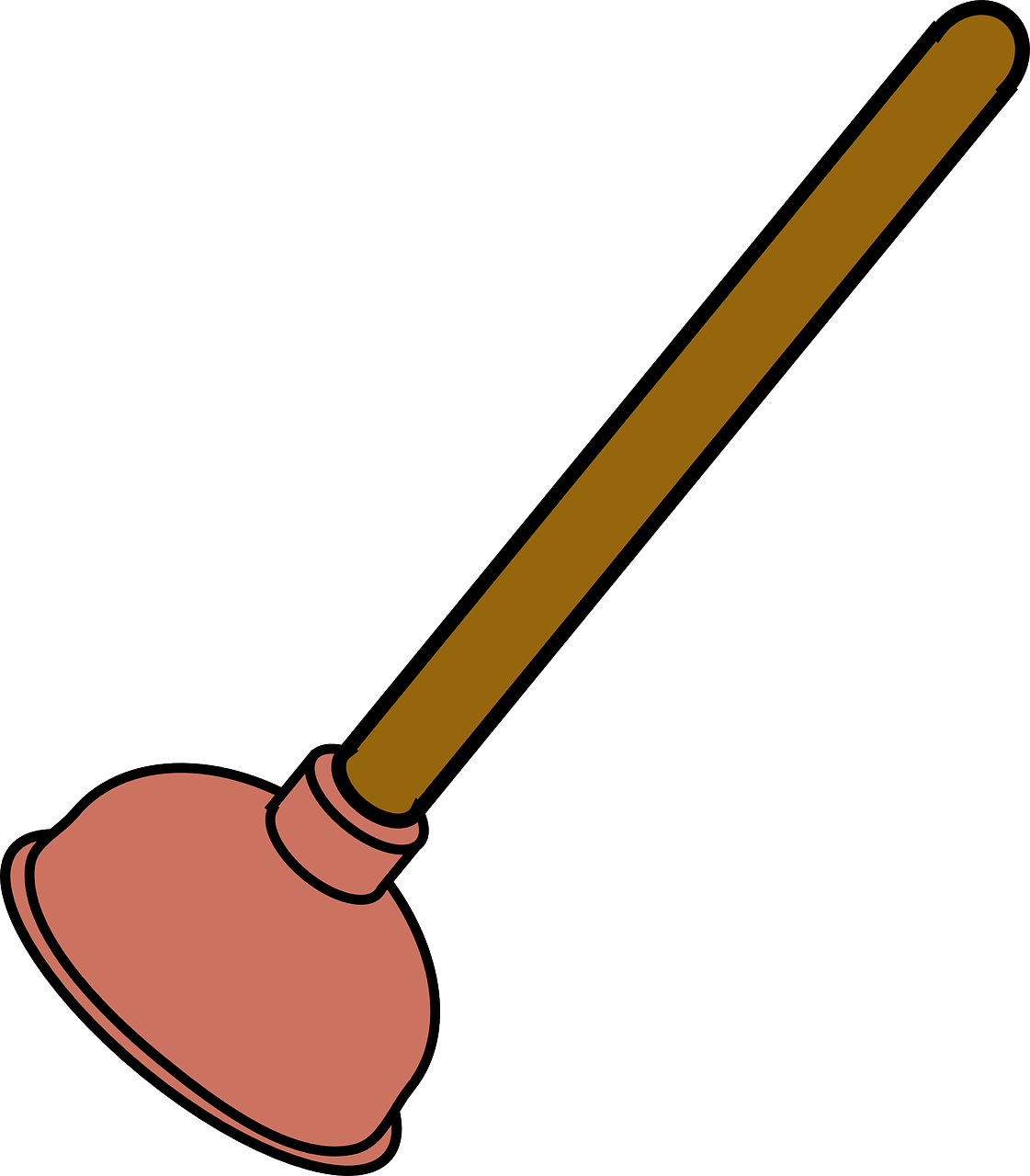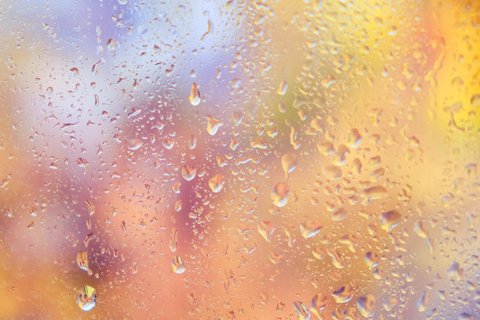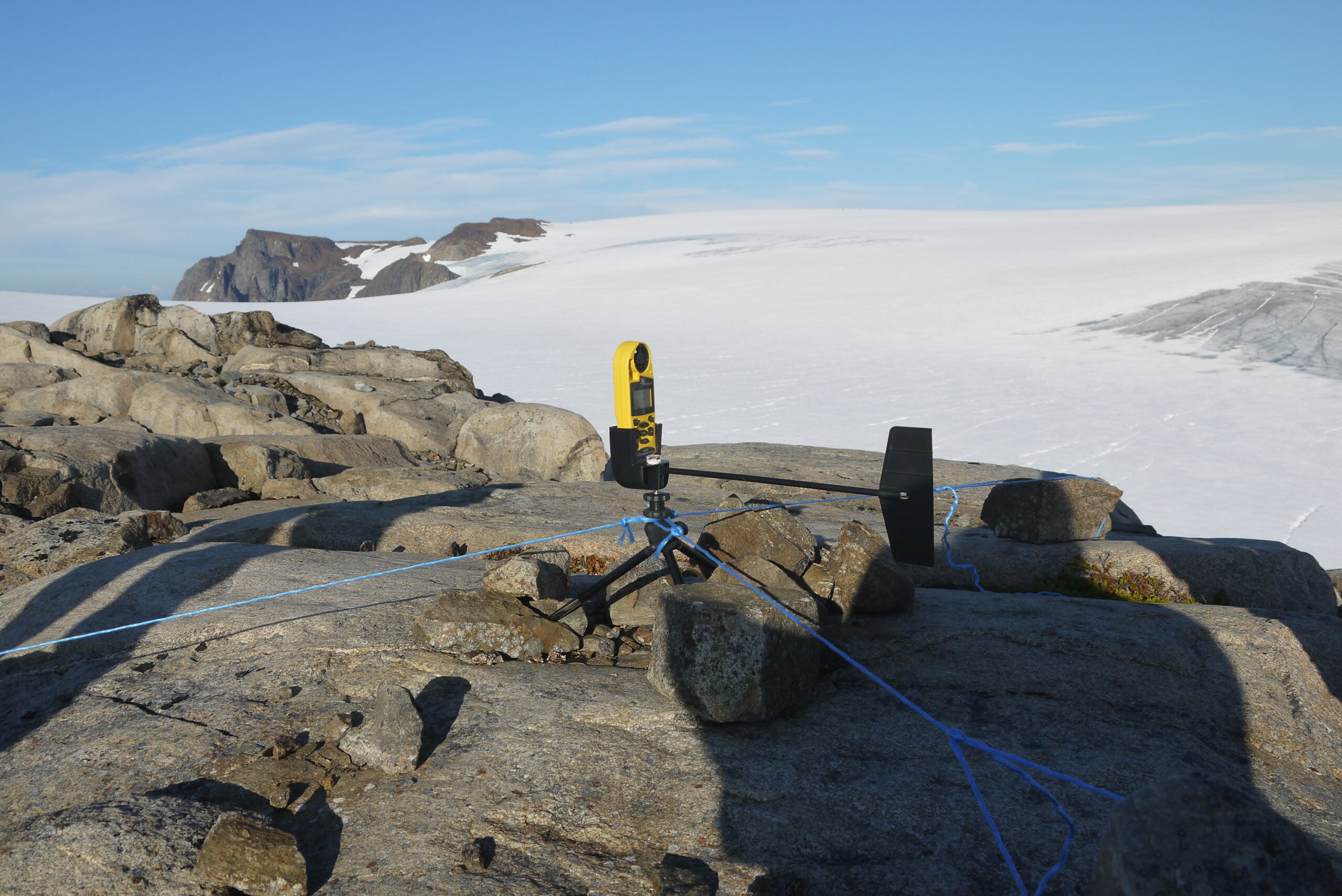Make your own Hygrometer
Wet and Dry Bulb Thermometers measure relative humidity
Equipment
◊ Clean, empty 1 pint milk/soup CARTON
◊ 2 small THERMOMETERS (e.g. fish tank/bath)
◊ SELLOTAPE
◊ WATER
◊ COTTON WOOL BALL
◊ STRING

Method
1. Punch 2 holes in the top of the carton (where the lid comes together), thread a long piece of string through the holes and tie the ends together to form a loop. This will form a handle for your hygrometer.
2. Cover the bulb of one of the thermometers with the cotton wool ball, tie in place with some string. Soak the cotton wool in water and tape the thermometers to either side of carton.”
3. Go outside and swing the carton around for 1 minute. Quickly look at the temperatures on the two thermometers and write them down.
Find out what your results mean……..
Results
You should find that the ‘wet bulb’ (i.e. with wet cotton wool) thermometer shows a LOWER temperature reading than the ‘dry bulb’.
This is because water evaporating from the cotton wool is cooling the wet bulb thermometer down. The easier it is for water to evaporate, the BIGGER the difference between the two thermometers and the DRIER the air.
You can convert the two readings into a RELATIVE HUMIDITY (amount of moisture in the air as a percentage of that needed to saturate it) by entering your values into this converter.
(note the relative humidity is not very dependent on pressure – if you do not know the air pressure, just enter 1000 hPa). You might sometimes see millibars written instead of hPa – these are equivalent units.




